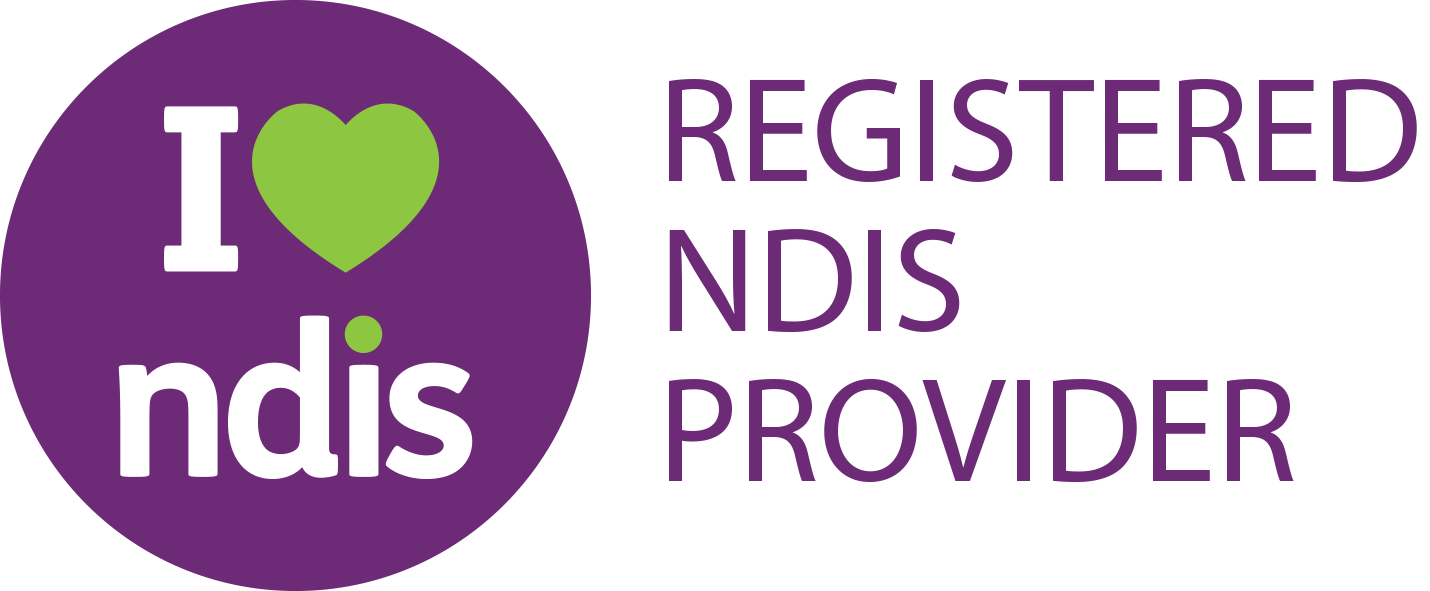Multiple Sclerosis
What is Multiple Sclerosis?
Multiple Sclerosis (MS) is an autoimmune disease affecting the central nervous system (CNS). It is a consequence of damage to the myelin which is the protective sheath that surrounds the nerve fibres of the CNS. The damage of the myelin creates interference of messages between the brain and body. More than 25,000 people in Australia are currently living with MS. Signs and symptoms of MS vary widely depending on the amount of nerve damage.
There is currently no known cure for MS however, there is a variety of treatments that can assist in recovery speed from relapses and assist in long term management to help modify the course of the disease.
The cause of MS is also still unknown however, at present a combination of genetics and environmental factors appear to be the potential cause.
Women and Multiple Sclerosis
MS has been long acknowledged as more common in women than men. In Australia three out of four MS diagnosis are women. The number of cases is continuing to rise in women across several different countries. Diagnosis in women is more prevalent in childbearing years than any other age group.
Many women living with MS find that their MS symptoms fluctuate with their menstrual cycle and again at menopause.
During the menstrual cycle symptoms generally worsen for women at the time of their period. In some cases, women on the oral contraception pill (OCP) have found less worsening of symptoms however, there is very minimal evidence to support this.
The onset of menopause does not affect MS symptoms however, some symptoms associated with menopause including hot flushes, mood, sleep, and fatigue can potentially intensify MS symptoms.
Different Types of Multiple Sclerosis
Relapsing-remitting MS (RRMS) – This is the most common form of MS affecting where 3 out of 4 people begin with this stage. As stated in the name RRMS is a form of MS where symptoms worsen over a period of days to potentially months before the person begins to recover either partially or completely followed by another relapse.
Primary Progressive MS (PPMS) – 1 in every 10 MS diagnoses are diagnosed with PPMS. People with PPMS usually find that their symptoms begin and become gradually worse over time with no relapse or recovery from symptoms.
Secondary Progressive MS (SPMS) – Most people diagnosed with RRMS will eventually progress to SPMS. SPMS occurs phase as the second to RRMS for many individuals diagnosed. SPMS worsens disability symptoms slowly over time without any relapse or recovery stage in the disease similar to PPMS.
Symptoms
MS usually begins with mild like symptoms that worsen as the disease progresses. Symptoms vary widely dependent on the person and the type of MS.
Common Symptoms include:
- Muscle weakness
- Numbness (pins & needles, tingling etc.)
- Fatigue
- Dizziness
- Slurred speech
- Body Control: Loss of coordination, muscle spasms & balance
- Tiredness and sensitivity
- Bladder function (incontinence, constipation etc.)
- Vision problems (partial or complete loss of vision, blurry vision, prolonged double vision)
Benefits of Exercise for MS
Exercise for MS over the years has been controversial and thought to exacerbate symptoms rather than minimise, however it has now become a fundamental treatment in rehabilitation and management of MS.
Many symptoms that are associated with MS are able to be reduced through exercise management. Exercise in assists with general strength, weight loss and improve ability to complete daily tasks. Regular exercise for maintenance of MS related symptoms is reported to have benefits in improving:
- Fatigue levels and increase energy levels
- Endurance, muscle strength, flexibility and posture
- Balance and coordination
- Mental health, mood, confidence and general wellbeing
- Ability to complete ADL’s (activities of daily living)
- Assists with symptoms recovery after relapse
There is a large range of evidence to suggest that aerobic exercise, resistance training and balance specific exercises are beneficial in people living with mild to moderate MS. It is not to late to start exercising after your initial diagnosis, those living with MS who are new to exercise or have a general exercise history are recommended to complete light-moderate aerobic exercise 2-3 times per week and light-moderate resistance training 2-3 times per week working on full body exercises.
For people who have been more physically active are able to complete exercise at a higher intensity. It is recommended to complete 3-5 times per week of aerobic exercise at a moderate-vigorous intensity and resistance training 2-3 times per week at a moderate to vigorous intensity.
People living with more severe levels of disability are able to complete low intensity exercise dependent on the severity, breathing exercise, flexibility and body weight/ light weight resistance training is beneficial within the exercise capacity of the person.
It is important to remember with exercise that it will not make your symptoms worse, it is important to note however to start slowly (especially if new to exercise) and gradually increase your activity over time. This will allow your body to adapt.
Pilates Specific Training for Symptom Management
All exercise is beneficial for the management of MS and no one form is better than another however, Pilates specific training for management of symptoms is highly beneficial. Pilates is a much lower impact form of resistance training and is generally safe for people of all fitness levels and MS types and symptoms.
Recent studies have found that completing Pilates twice per week can improve walking distance up to 15% in people living with MS. Further studies also found evidence that Pilates helps to improve MS related symptoms including fatigue, balance, walking ability and overall quality of life.
There are many benefits to Pilates specific training however, when it comes down to managing your condition it should be an exercise activity that you enjoy.


Source: MS Australia

Contact info
Useful links
Join the Newsletter
We will get back to you as soon as possible
Please try again later
All Rights Reserved | One Body for Life
Website by Image Ink Creative


